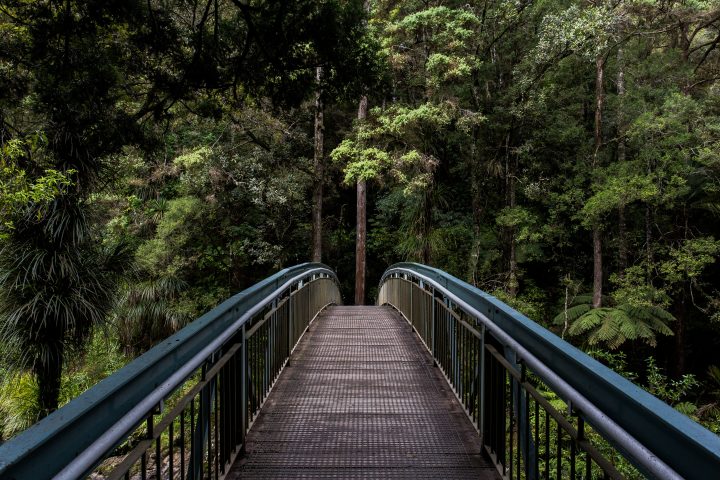Nature as Muse: The Ways in which Nature Can Inspire Your Work

Why should you take your work outside?
July 25, 2019
Best jobs to target when you are looking to change careers
August 1, 2019
Nature has inspired art and storytelling since the beginning of time. Despite our high-tech lives, this is no less true today. Business Optimizer takes a look at how nature has helped to inspire some truly great work.
When we look at the art of ancient antiquity it is filled with evocations of the natural world and celebrations of life and fertility. The El Castillo Cave Paintings feature drawings of wildlife that date back to the origins of modern-day humanity in 39,000 BC.
Despite the huge growth of cities and the increasing digitalisation of our societies, on an individual level our response to the natural world is just as strong today. As the inspirational marine biologist and environmental pioneer Rachel Carson argued, “there is in us a deeply seated response to the natural universe, which is part of our humanity.”
However, given the de-wilding of our planet and our lives, reconnecting with this deep-seated response to the natural universe needs to be a much more conscious choice in the modern world. It is this conscious choice that lies behind the trend towards introducing Biophilic design principles in our cities and buildings.
The increasing number of green cities and rewilding projects offer similarly compelling evidence of our need to bring nature back into our lives in recognition of this – too often overlooked – spiritual dimension to our relationship with nature.
On our spiritual relationship with nature
The great nineteenth-century transcendentalist poet and writer Henry David Thoreau meditated widely on this topic: “I suppose that this value, in my case, is equivalent to what others get by churchgoing and prayer. I come to my solitary woodland walk as the homesick go home… It is as if I always met in those places some grand, serene, immortal, infinitely encouraging, though invisible, companion, and walked with him.”
Thoreau’s work holds an important place in the American canon between Ralph Waldo Emerson and Walt Whitman. Similarly, Whitman emphasised the importance of our enduring relationship with the natural world: “After you have exhausted what there is in business, politics, conviviality, love, and so on — have found that none of these finally satisfy, or permanently wear — what remains? Nature remains; to bring out from their torpid recesses, the affinities of a man or woman with the open air, the trees, fields, the changes of seasons — the sun by day and the stars of heaven by night.”
Connecting with nature through art
The idea that we all have access to this spiritual peace that can be found in nature is not only a literary one. The landscapes of Constable, Monet, Van Gogh and Georgia O’Keefe span centuries but share the common desire to connect with something bigger than oneself through art.
Spanish painter and sculptor Joan Miró likened his art to gardening. And his fellow Barcelona contemporary Antoni Gaudi took the Modernista movement to new heights thanks to his organic style inspired by natural forms. Gaudi believed, “Art is nothing if it does not come from nature.”
Similarly, the Arts and Crafts, and Art Nouveau movements drew heavily on the unruly forms of nature to achieve a new design aesthetic. Today, a new generation of environmental artists are pushing forward the artform – from the open-air installations of German artist Nils-Udo to the concept art of Agnes Denes.
The work of these artists reminds us of the need to connect with nature and to ensure it has a greater place in our everyday lives.
As Rachel Carson opined, “I believe natural beauty has a necessary place in the spiritual development of any individual or any society. I believe that whenever we destroy beauty, or whenever we substitute something man-made and artificial for a natural feature of the earth, we have retarded some part of man’s spiritual growth.”




